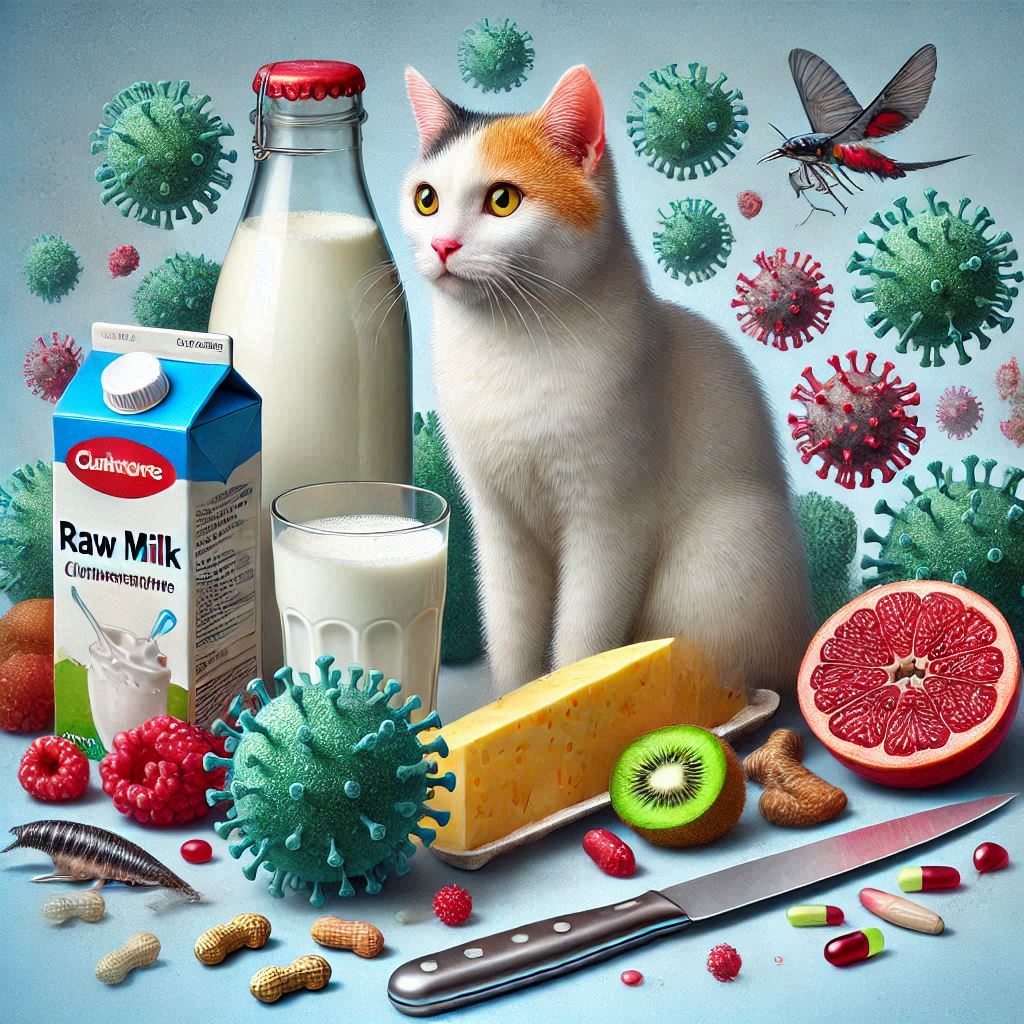Raw Milk Linked to Bird Flu Deaths in Two Cats
In a disturbing turn of events, recent reports have revealed that the consumption of raw milk is potentially linked to two feline deaths caused by the avian influenza virus. While cats are not typically associated with bird flu, these incidents raise significant concerns regarding food safety and the importance of proper food handling practices in both human and animal health.
The Incident: An Overview
Two cats in a local area tragically succumbed to the effects of the bird flu virus after consuming raw milk from an infected source. This revelation highlights a rarely discussed aspect of foodborne illnesses: the potential risks that can arise from unpasteurized dairy products.
What is Bird Flu?
Avian influenza, commonly known as bird flu, is a viral infection that primarily affects birds but can occasionally infect mammals, including humans. Although cases are relatively rare, it can lead to severe respiratory distress and even death in those with compromised immune systems.
Symptoms in Cats
While avian influenza is most commonly observed in birds, cats can contract the virus, often resulting in serious health issues. Key symptoms of bird flu in cats include:
- High fever
- Coughing or difficulty breathing
- Loss of appetite
- Depression or lethargy
- Eye discharge or nasal discharge
The Risks of Raw Milk Consumption
Raw milk has gained popularity among certain health enthusiasts who advocate for its purported benefits. However, this incident with the two cats underscores the risks associated with consuming unpasteurized products. The potential dangers of raw milk include:
Potential Pathogens in Raw Milk
Raw milk can harbor a variety of harmful pathogens, including:
- Salmonella
- Escherichia coli (E. coli)
- Listeria monocytogenes
- Campylobacter
These bacteria can not only pose serious health risks to humans but can also affect pets who consume contaminated products.
What Is Pasteurization?
Pasteurization is a process through which milk is heated to a specific temperature for a set period, effectively eliminating harmful microorganisms without significantly altering the nutritional content of the milk. This method has been a crucial public health measure since the early 20th century, significantly reducing the incidence of milk-borne illnesses.
Health Recommendations
Given the current situation, health experts urge pet owners to reconsider the sources of their animals’ diet, particularly focusing on the potential hazards of raw milk. Here are some key recommendations to ensure the health and safety of your pets:
- Opt for pasteurized milk and dairy products for both human and animal consumption.
- Consult with a veterinarian before making any changes to your pet’s diet.
- Avoid feeding pets any products that have not been tested for safety or are sourced from unregulated farms.
Lessons Learned
This tragic incident serves as a reminder of the broader implications related to food safety. Even products that are often considered healthy and natural, such as raw milk, can pose significant risks when not handled properly or sourced responsibly. It’s vital for consumers—both human and animal—to make informed choices and prioritize safety over perceived benefits.
Future Implications for Animal Health
The bird flu deaths in these cats could have wider implications for our understanding of how disease can be transmitted through food sources. As research continues to develop, it becomes increasingly important for both pet owners and food producers to maintain strict hygiene practices to prevent contamination.



